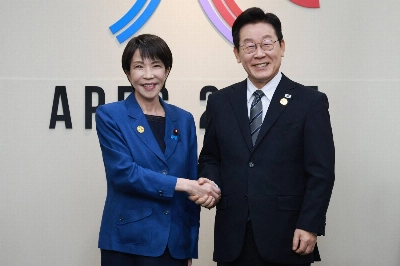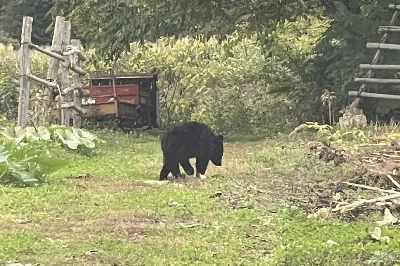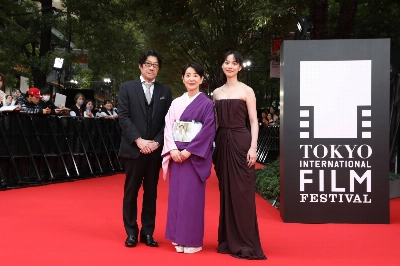In fluffy tutus and silky ballet slippers, a circle of pink angels do back-bends in a circle. They dance like storks, skip to my lou and fly backward. It's obviously fun, but the pace is quick.
Teaching dance to 3-year-olds, Eynat Molenaar marks a fine line between discipline and letting small children go wild in front of mirrors. She believes the joy of dance comes naturally even to the youngest of children.
"Children's ability to dance progresses as they grow," Molenaar says. "Five-year-olds know right from left, can understand what they feel and command their legs to stretch. They know the names for different parts of the body.

















With your current subscription plan you can comment on stories. However, before writing your first comment, please create a display name in the Profile section of your subscriber account page.